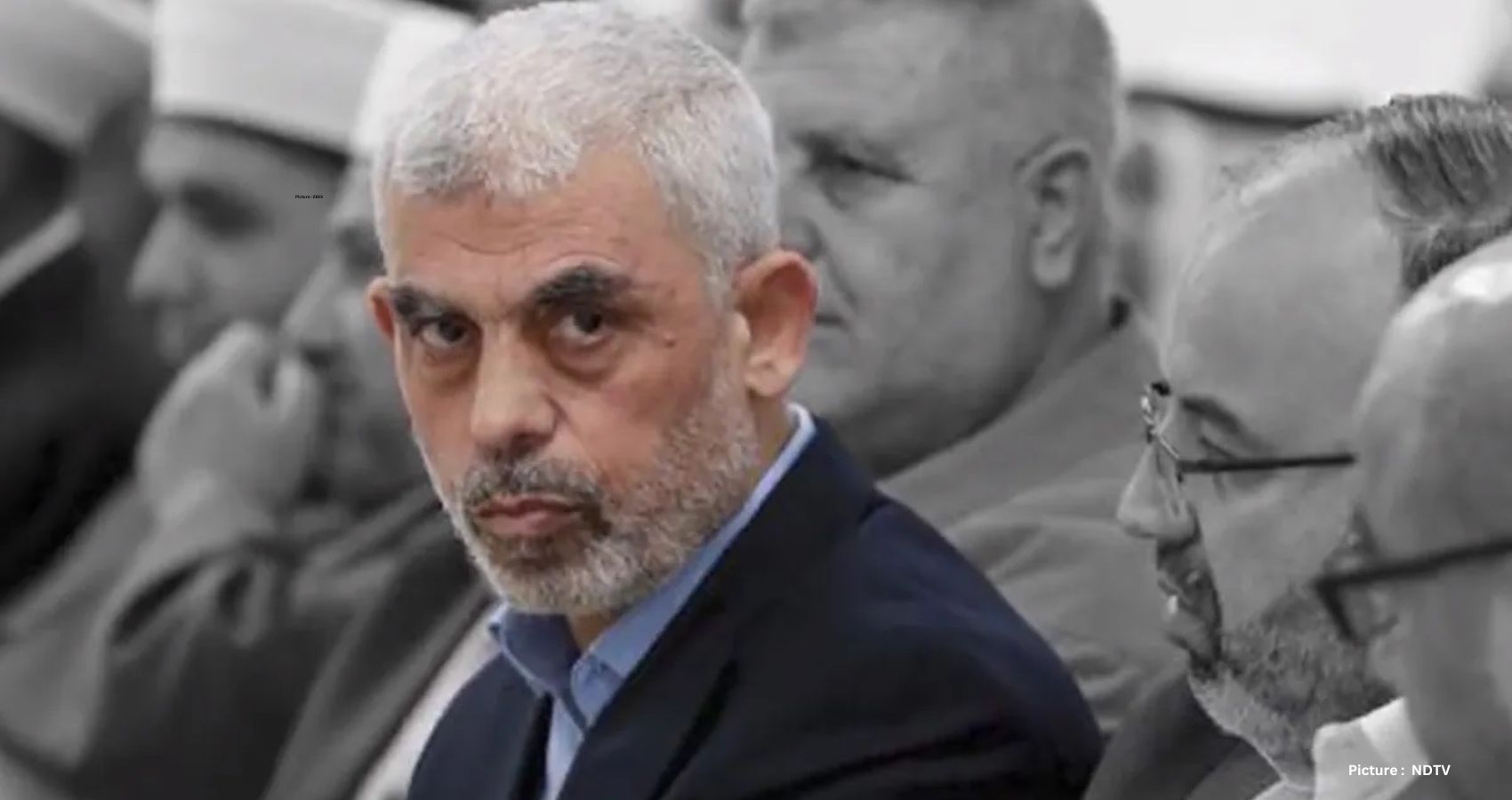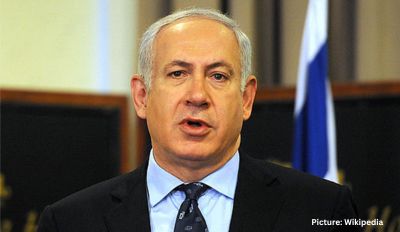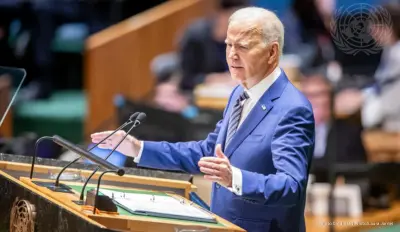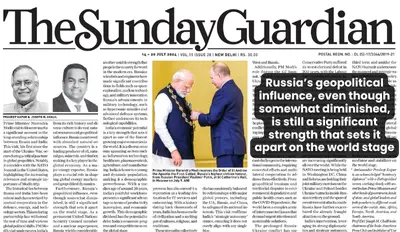In a strategic move five years ago, Yahya Sinwar, the leader of Hamas in Gaza, penned a note urging Israeli Prime Minister Benjamin Netanyahu to take a “calculated risk” on a ceasefire, as revealed by former National Security Adviser Meir Ben-Shabbat. Speaking to an Italian journalist, Sinwar expressed a desire for peace, stating, “I don’t want war anymore. I want a ceasefire,” envisioning a prosperous Gaza akin to Singapore or Dubai.
Recent events, particularly Hamas’s orchestrated assault on Israel on October 7, prompt a reassessment of Sinwar’s words. Israeli officials now admit to a lapse in vigilance, with reduced surveillance along the Gaza border and a shift in focus toward Iran and Syria. Chen Artzi Sror, an Israeli analyst, highlights the perception that Hamas had been deterred, leading to a sense of complacency.
Michael Milshtein, former head of Palestinian research for the military’s intelligence department, notes Sinwar’s success in shaping the Israeli consciousness. “He wanted Israel to believe that Hamas was concentrating on stability in Gaza, promoting civil affairs. He planted this wrong idea in the minds of Israelis.”
As the Israeli military responds to the October 7 attacks, targeting Hamas, Sinwar emerges as the alleged mastermind and a prime assassination target, thought to be hiding in a Gaza tunnel. The conflict has claimed over 11,000 lives, according to the Hamas-run health ministry.
The roots of this confrontation trace back decades, with Sinwar, born in a poor neighborhood in Khan Younis, playing a pivotal role in founding Hamas’s military wing during the first Palestinian uprising in the late 1980s. He later led efforts to eliminate Palestinian collaborators with Israel, resulting in a life sentence in 1989. Sinwar’s time in prison provided an opportunity for him to gain deep insight into Hebrew, Israeli society, and the dynamics of the region.
Described as a cold-blooded and magnetic leader, Sinwar faced a health crisis in the early 2000s when a brain tumor threatened his life. Despite attempts to recruit him as an agent after Israel saved him through surgery, Sinwar remained committed to his cause.
Released in a 2011 exchange involving over 1,000 Palestinian prisoners for Israeli soldier Gilad Shalit, Sinwar quickly resumed his activities within Hamas. By 2017, he assumed leadership for all of Gaza, replacing Ismail Haniyeh.
According to Akram Atallah, a Gaza-based columnist, and Ali Baraka, a senior Hamas official, Sinwar and Hamas strategically misled Israel. They created a misinformation campaign, convincing Israel that their focus was on peace, workers, and economic development for Gaza residents. Baraka revealed that the October 7 attack had been in planning for two years, during which Israel was led to believe that Hamas was primarily governing Gaza.
A 2021 conference titled “The Promise of the End of Days,” where Sinwar delivered the keynote address, shed light on Hamas’s post-conflict plans. The conference discussed the fate of Israeli experts after the defeat, suggesting the retention of Jewish scientists and experts in various fields.
Despite no direct communication between Hamas officials and Israeli authorities, Sinwar collaborated with intermediaries to convey benign intentions. Notably, Hamas worked with the Palestinian Authority to secure Israeli work permits for around 18,000 Gazans, ostensibly for employment in Israel. Israeli security officials claim that some of these workers contributed to the tactical preparation for the October 7 assault.
Following the attacks, Sinwar has maintained silence, refraining from issuing statements or engaging with the press. Meanwhile, a poster in the Tel Aviv defense ministry features Hamas commanders, with lines drawn across the faces of those killed, symbolizing a plan to mark the poster as the conflict progresses.
As the region grapples with the aftermath of the October 7 assault, the intricate dance between Sinwar and the Israeli security establishment continues, marking a pivotal chapter in their decades-long history of monitoring and analyzing each other’s moves.
The Strategic Deception of Hamas: Unraveling the Enigma of Yahya Sinwar
In a strategic move five years ago, Yahya Sinwar, the leader of Hamas in Gaza, penned a note urging Israeli Prime Minister Benjamin Netanyahu to take a “calculated risk” on a ceasefire, as revealed by former National Security Adviser Meir Ben-Shabbat. Speaking to an Italian journalist, Sinwar expressed a desire for peace, stating, “I don’t want war anymore. I want a ceasefire,” envisioning a prosperous Gaza akin to Singapore or Dubai.
Recent events, particularly Hamas’s orchestrated assault on Israel on October 7, prompt a reassessment of Sinwar’s words. Israeli officials now admit to a lapse in vigilance, with reduced surveillance along the Gaza border and a shift in focus toward Iran and Syria. Chen Artzi Sror, an Israeli analyst, highlights the perception that Hamas had been deterred, leading to a sense of complacency.
Michael Milshtein, former head of Palestinian research for the military’s intelligence department, notes Sinwar’s success in shaping the Israeli consciousness. “He wanted Israel to believe that Hamas was concentrating on stability in Gaza, promoting civil affairs. He planted this wrong idea in the minds of Israelis.”
As the Israeli military responds to the October 7 attacks, targeting Hamas, Sinwar emerges as the alleged mastermind and a prime assassination target, thought to be hiding in a Gaza tunnel. The conflict has claimed over 11,000 lives, according to the Hamas-run health ministry.
The roots of this confrontation trace back decades, with Sinwar, born in a poor neighborhood in Khan Younis, playing a pivotal role in founding Hamas’s military wing during the first Palestinian uprising in the late 1980s. He later led efforts to eliminate Palestinian collaborators with Israel, resulting in a life sentence in 1989. Sinwar’s time in prison provided an opportunity for him to gain deep insight into Hebrew, Israeli society, and the dynamics of the region.
Described as a cold-blooded and magnetic leader, Sinwar faced a health crisis in the early 2000s when a brain tumor threatened his life. Despite attempts to recruit him as an agent after Israel saved him through surgery, Sinwar remained committed to his cause.
Released in a 2011 exchange involving over 1,000 Palestinian prisoners for Israeli soldier Gilad Shalit, Sinwar quickly resumed his activities within Hamas. By 2017, he assumed leadership for all of Gaza, replacing Ismail Haniyeh.
According to Akram Atallah, a Gaza-based columnist, and Ali Baraka, a senior Hamas official, Sinwar and Hamas strategically misled Israel. They created a misinformation campaign, convincing Israel that their focus was on peace, workers, and economic development for Gaza residents. Baraka revealed that the October 7 attack had been in planning for two years, during which Israel was led to believe that Hamas was primarily governing Gaza.
A 2021 conference titled “The Promise of the End of Days,” where Sinwar delivered the keynote address, shed light on Hamas’s post-conflict plans. The conference discussed the fate of Israeli experts after the defeat, suggesting the retention of Jewish scientists and experts in various fields.
Despite no direct communication between Hamas officials and Israeli authorities, Sinwar collaborated with intermediaries to convey benign intentions. Notably, Hamas worked with the Palestinian Authority to secure Israeli work permits for around 18,000 Gazans, ostensibly for employment in Israel. Israeli security officials claim that some of these workers contributed to the tactical preparation for the October 7 assault.
Following the attacks, Sinwar has maintained silence, refraining from issuing statements or engaging with the press. Meanwhile, a poster in the Tel Aviv defense ministry features Hamas commanders, with lines drawn across the faces of those killed, symbolizing a plan to mark the poster as the conflict progresses.
As the region grapples with the aftermath of the October 7 assault, the intricate dance between Sinwar and the Israeli security establishment continues, marking a pivotal chapter in their decades-long history of monitoring and analyzing each other’s moves.











